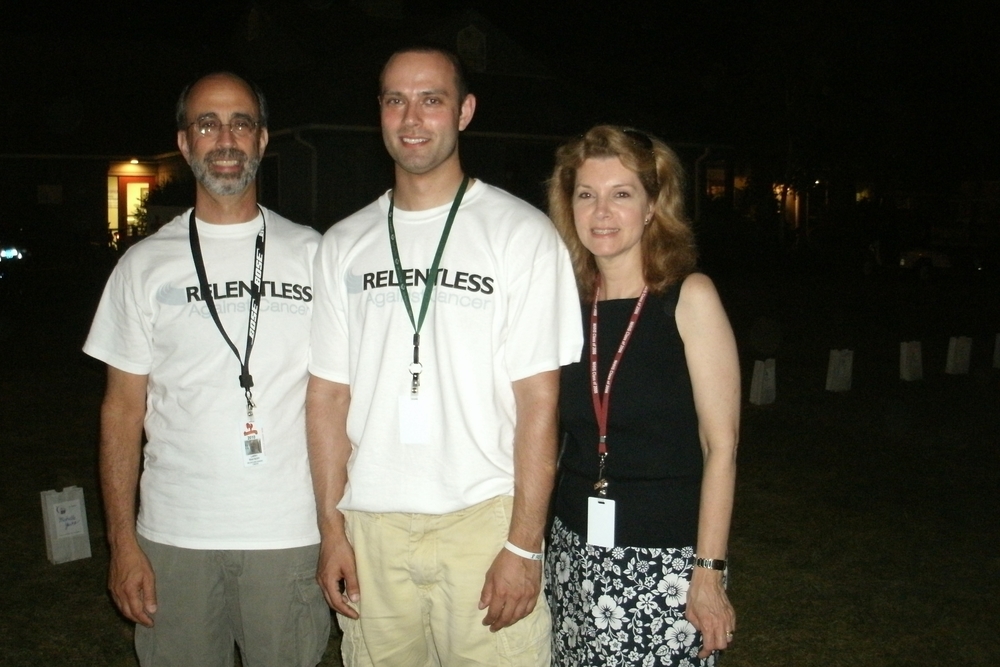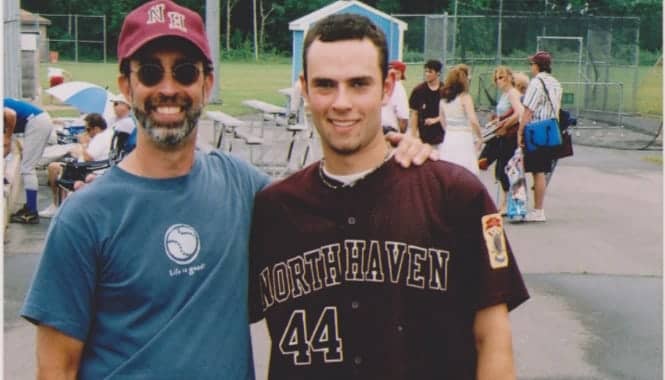Updated: March 5, 2019
Genetic Counseling Note:
GREM1 is a hereditary cancer predisposition gene. Having a type of genetic mutation called a duplication just before the GREM1 gene (and at the end of a gene called SCG5) causes the GREM1 protein (encoded by the GREM1 gene) to be overactive and is associated with hereditary mixed polyposis syndrome (HMPS). People with HMPS are at increased risk to develop colon polyps and colon cancer. Someone with a GREM1 mutation has a 50% risk to pass it to each of his/her children. One GREM1 mutation is found more frequently in people of Jewish ancestry.
People with GREM1-associated HMPS may develop multiple polyp types, including mixed hyperplastic/inflammatory (most common), juvenile (referring to polyp appearance, not age), hyperplastic, and adenomatous polyps. Between 1 and 15 polyps are often found, and it appears rare for people with this condition to develop more than 50 polyps. The average age to first be found to have polyps during colonoscopy is 25-30, but first reports range from age 10 to 47. If not detected or removed, these polyps can develop into colon cancer. The risk of colon cancer is increased in people with this condition, but the exact level of risk is unknown.
Because GREM1 is a relatively newly described cancer predisposition gene, less is known about GREM1-associated HMPS, and not all people who have undergone genetic testing for inherited colon polyp/cancer risk have had this gene analyzed.
The National Comprehensive Cancer Network (NCCN) releases guidelines for those with genetic/familial risk factors for colorectal cancer, including those with GREM1-associated HMPS. Current recommendations include colonoscopy beginning at age 25-30, repeating screening every 2-3 if no polyps are found. If polyps are detected, more frequent screening and potentially a consultation to discuss surgery may be appropriate.
Larry, tell us a little about yourself:
I’m 62 years old and was born in the Bronx, NY. My family moved to Connecticut when I was about one and I lived there until 2009 when my wife Patty and I moved to New Jersey due to my work. Patty and I have been married for 35 years. While growing up, I played a lot of baseball and to this day am still a huge Yankees fan. Besides work, I spend time walking, reading, playing a little golf and working on our organization RELENTLESS Against Cancer.
Tell us a little about your son, Nate:
From the time he could walk Nate was a terrific baseball player. In high school, he was the starting centerfielder for the varsity team. Nate loved being with friends and family, having fun wherever he went, and was always viewed as being wise beyond his years and a responsible leader. Throughout his life, Nate was highly respected and adventurous. Soon after being diagnosed with cancer, he bought a motorcycle which he named “Freedom”. He would ride the hills in northwest New Jersey for fun and to put some distance between him and his cancer.
How did you learn that Nate had advanced colon cancer?
When Nate was a 21-year old junior at UNC Charlotte he wasn’t feeling well, as though he had a cold that wouldn’t go away. On the last Friday of March 2009, he went to the college infirmary and the doctor did an abdominal ultrasound that raised red flags. She scheduled an appointment with an oncologist for that day and several scans were done on Nate. I flew down to North Carolina that night, but we had to wait until Monday to get the results. Nate worked at his regular job at a smoothie place over the weekend and we saw the oncologist that Monday. I remember it as though it was yesterday. The doctor walked in, looked Nate straight in the eye and said, “You have cancer.” We learned that he had metastatic colon cancer – it was already in his liver and lungs. The oncologist told us that, at best, Nate had 5 years. Nate made me promise to keep that to ourselves, and I did.
What happened then?
The oncologist recommended that Nate come home to start treatment and he withdrew from college the next day. I flew home, but Nate wanted some time to say goodbye to his friends and especially his cousin Staci who lived in Charlotte. He also wanted to make the 10-hour drive by himself to think. Patty and I were in the process of moving from Connecticut to New Jersey, and our life was upside down at the time. Our furniture was in storage, and we were just picking out paint colors for our new home. When they became aware of our situation, the painters and movers did the impossible and got our place painted and the furniture delivered within days. A person very close to our family was able to get Nate into Memorial Sloan-Kettering to begin treatment in April 2009.
Tell us about your genetic counseling journey?
Unfortunately, cancer has been a part of my life for a very long time. My father died of colon cancer at age 39- I was 8 years old. My paternal grandfather’s death certificate stated that he died of ‘intestinal complications’, which we suspect was cancer. I started having colonoscopies at age 30 based on the history and many polyps were removed. Some of my siblings also had polyps at young ages. While at Sloan, some of Nate’s caregivers asked if our family would be willing to have genetic testing, and we said yes. Nothing was found.
My daughter was also found to have polyps and was referred to Yale Cancer Genetic Counseling. Ellen Matloff brought in our entire extended family for testing. We all traveled to Yale, they created a large pedigree, and took blood samples from everyone. Fast forward several years to June 1, 2012, and I received an email from Ellen Matloff saying that they found something and could I speak with her right away. They learned that our family carries a mutation in a gene called GREM1.
What do you want people to know about genetic testing?
Genetic testing is not painful or difficult – it’s just a blood or saliva sample.
Knowing your family history could save your life, and the lives of your relatives. Do your research now. Ask your parents, your grandparents, your relatives about the entire family history – document it and keep it with your essential paperwork. Make sure everyone has a copy of it. Little did we know, that several cousins also had polyps over the years, and thanks to Nate and the Yale team, they were quickly alerted to their risks.
Sadly, Nate died of colon cancer in October 2011. The following Spring you learned a mutation in GREM1 was responsible for Nate’s diagnosis and your family history of colon polyps and cancer. Was it good news, or difficult news, to learn of the GREM1 mutation in your family?
It was great news when we learned about the mutation. Nate’s mantra about his cancer diagnosis was ‘this wasn’t in vain’. He didn’t live to know that the GREM1 mutation was the cause, but he knew in his heart that the mutation would eventually be found. Nate knew that because of his diagnosis, his sister, brother, and cousins could take proactive measures to prevent this from happening to them. Nate also hoped that when the gene was found, it would go beyond our family and help hundreds, if not thousands, of others. When Nate came home to begin treatment, he started a Foundation called RELENTLESS Against Cancer to make strides in this area. The news that a mutation was found was like the 4th of July for our family. The pit in your stomach when losing your child is with you every day, but finding this gene definitely helps.
What is your wish for Father’s Day?
Having Nate back and curing cancer on Father’s Day would be it – but that is obviously not possible. My greatest wish is that Nate’s story and this discovery make people aware that progress is being made and, as Nate wanted, that this helps as many people as humanly possible. Cancer must be stopped.

* Ziai J, Matloff E, Choi J, Kombo N, Materin M, Bale AE. Defining the polyposis/colorectal cancer phenotype associated with the Ashkenazi GREM1 duplication: Counseling and management recommendations. Genet Res, Camb 2016: 98:1–5.
http://www.ncbi.nlm.nih.gov/pubmed/26947005

